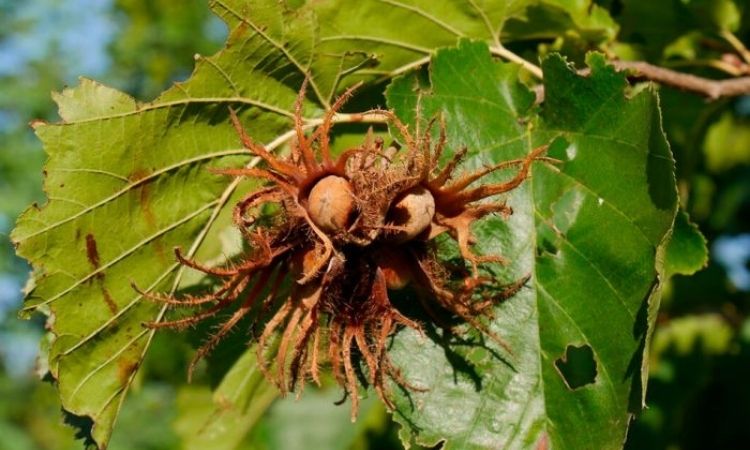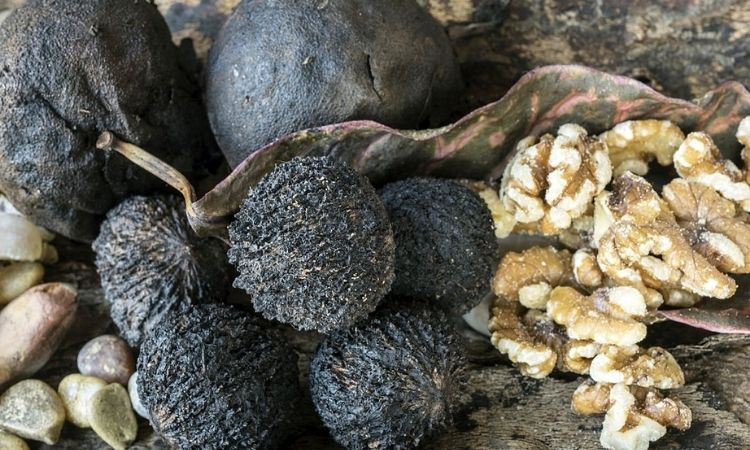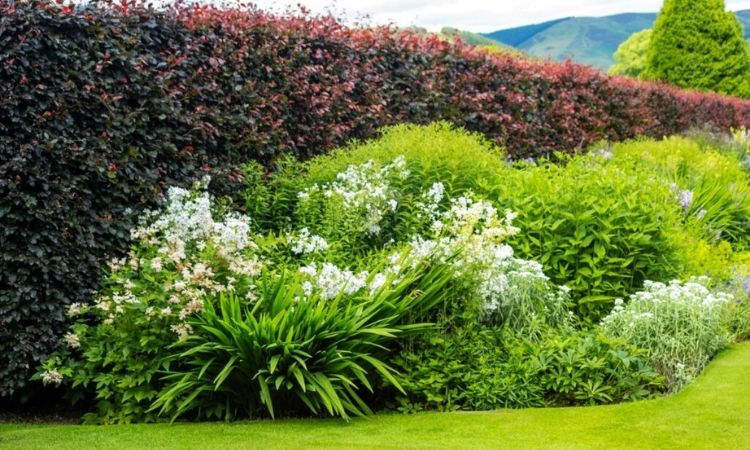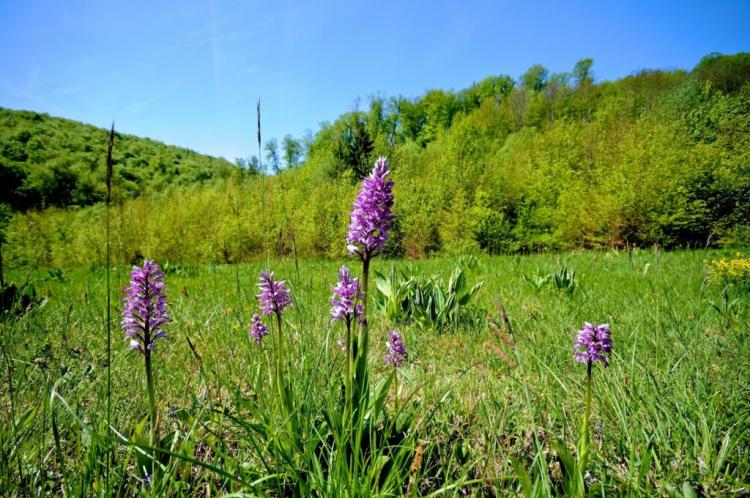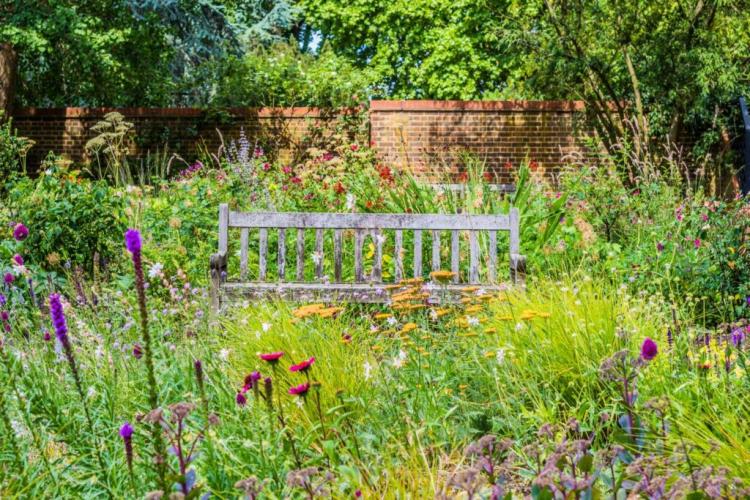Bear Nut
Treelike hazel, which is also called “bear nut” or “Turkish nut”, is a rare species. The fact is that such a plant has a beautiful high-strength wood, which was the reason for the massive felling of the bear nut. In nature, it can be seen only in places that are difficult for humans to access. Treelike hazel is listed in the Red Book.
Features Of The Bear Nut
Table of Contents
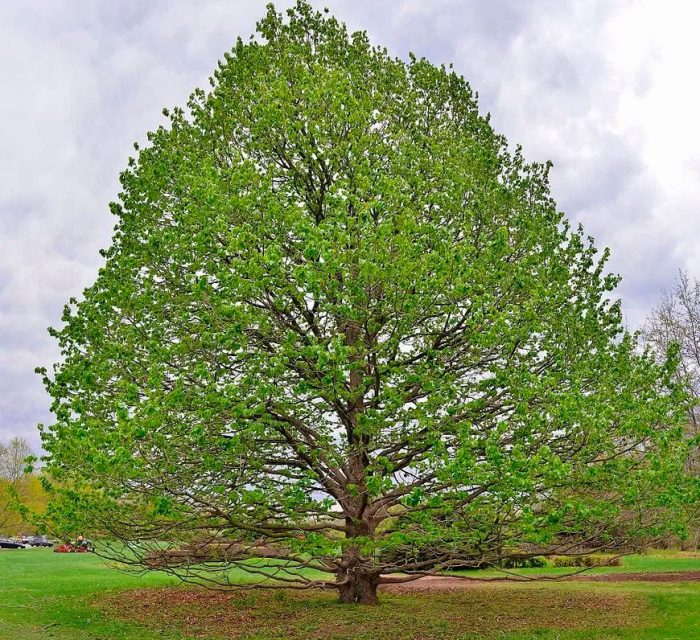
The bear nut is a type of hazel. Of the entire genus, only he is represented by a tree, all other species are shrubs. In nature, the height of such a plant can reach 30 m, but in Russia, the maximum height of such a tree is 8 m. On average, tree hazel has lived for 200 years.
Appearance features:
- Crohn. Lush, symmetrical, dense, cone-shaped.
- Bark on the trunk. There are rather deep cracks, as well as protruding pale brown plates.
- Sheet plate. The width is about 8 centimeters, and the length is up to 12 centimeters. Broadly ovate and dark green in color. The base is cordate, and the edge is serrated.
- Stems. They are omitted and have a pale gray color.
- Kidneys. Their shape is oblong, and the surface is covered with small scales.
- Root system. Core and deep.
Until the deepest autumn, the foliage of such a plant remains green. It is often used as a forest protection plant because it is distinguished by the reliability of strengthening in the soil. Turkish walnut blooms in early spring, or rather, in March-April:

- Male flowers. They are yellowish, oblong in shape, outwardly similar to long earrings. In length, they can reach about 12 centimeters.
- Female flowers. They are located in the kidneys.
The fruits are small, very dense elongated nuts that are slightly flattened on both sides. Their average size is about 20 mm. The compound fruit contains 48 fruits. Nuts have a thick and sturdy shell.
Pros and cons of the view
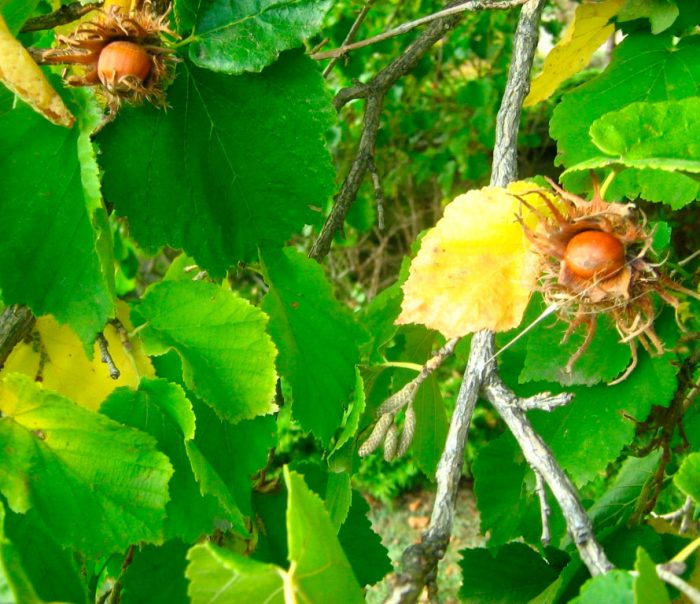
As with all plants, the bear nut has both advantages and disadvantages.
Pros:
- able to quickly adapt to a variety of climatic conditions;
- every year gives a rich harvest;
- the fruits of such a tree are dietary;
- is durable;
- can be used as a hazelnut stock.
Minuses:
- the nuts are very small, while they are covered with a high-strength shell;
- the plant is very tall, so there are often problems with picking nuts.
The first time tree-like hazel begins to bear fruit at 7 or 8 years.
Application of Hazel tree
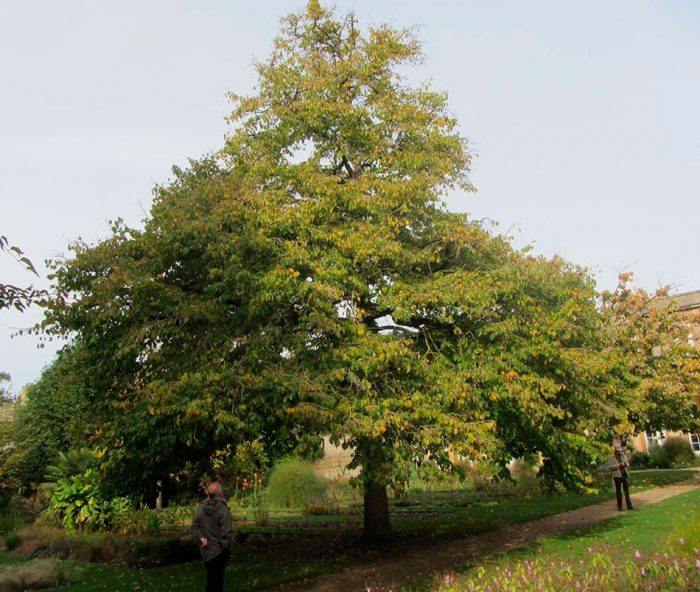
Bear nuts are widely used in the food industry, as they are distinguished by their high energy value. They also contain vitamins and microelements useful for humans. Some experts are sure that the inclusion of such nuts in the diet helps to reduce the risk of a malignant tumor. Apricot kernels have a similar ability.
Such a tree is most often used:
- as an ornamental plant for recreation parks and alleys;
- for landscape design.
Turkish nuts are planted both in groups and singly. This makes it suitable for decorating areas of various sizes. Furniture is made of wood, and it is also used to decorate ceremonial halls and cabins. It is also used to make furniture sets with an unusual appearance. The fact is that the wood has a spectacular light red hue, as well as density and fineness.
Optimal growing conditions
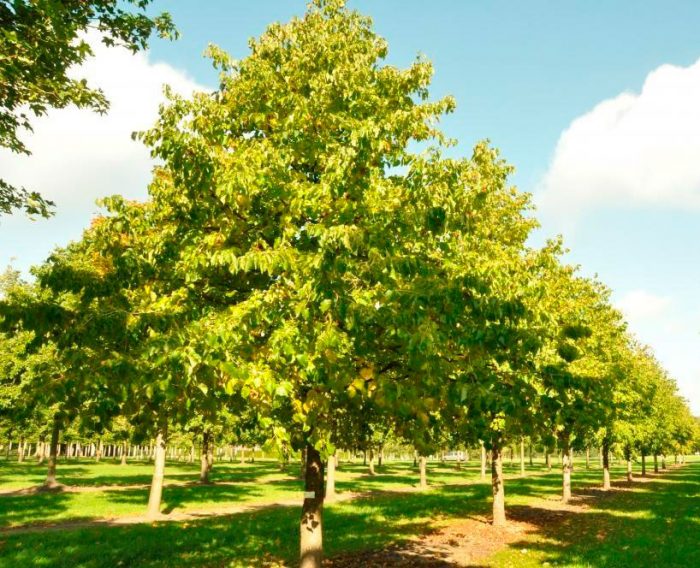
In the wild, the bear nut, as a rule, grows on forest edges, in forest-steppes, in the mountain and deciduous forests. It can also be found in areas with moist soil, as well as near rivers. Such a tree grows best in calcareous deep soil, and it is highly discouraged to grow it in an area with soil containing a large amount of salt.
This plant forms thickets grows and develops normally in a shady area, and also belongs to fast-growing crops. There are no forests where only one bear nut is found. It grows only in mixed forests, while its “good neighbors” are: maple, hornbeam, oak, and beech. Easily withstands a drop in air temperature to minus 30 degrees (and even lower).
Under natural conditions, tree hazel is the most widespread in Belarus, Azerbaijan, Iran, the Balkans, Ukraine, Asia Minor, and Georgia. In Russia, this tree can be found only in the North Caucasus and Transcaucasia.
Planting a bear nut
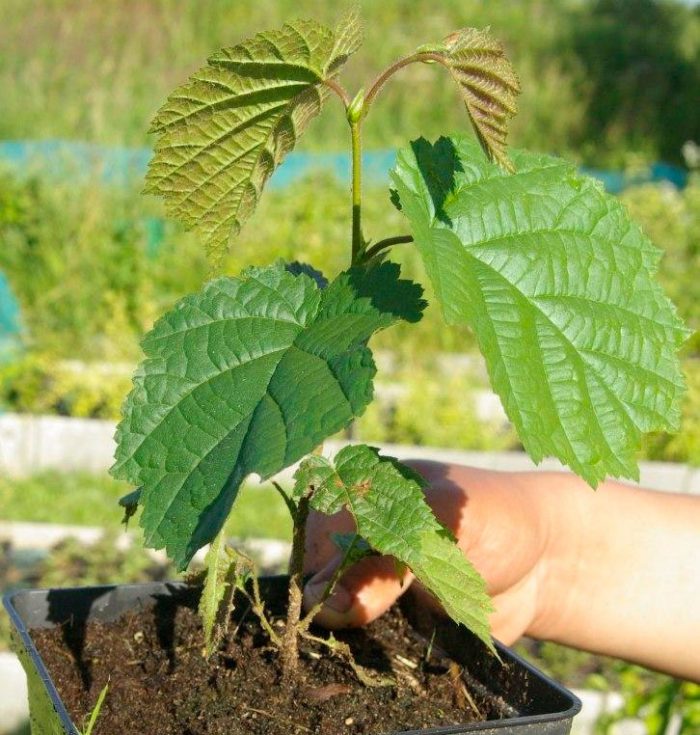
Planting of Turkish walnut seedlings in open ground is carried out in the first autumn weeks. At the same time, those seedlings that have a closed root system take root best. In order to prevent a young immature plant from dying, a site with nutritious well-drained soil should be chosen for planting it. If the soil on the site is poor or sandy, then compost or organic humus should be added to it directly during the planting of the seedling. If you are planting several seedlings, then you need to take into account that the minimum distance between them should be 5 m.
Before you start planting a bear nut in open ground, you need to prepare:
- In advance, you need to dig a landing pit, which should be half a meter deep, and its size should be 60×60 centimeters.
- Apply 0.5 kg of mineral fertilizer and 10 kg of humus to the soil.
- Before starting planting, a large amount of water should be poured into the hole and wait until it is completely absorbed into the soil.
Immediately before planting a seedling, its side roots should be trimmed. Then its bark system is immersed in a clay mask for a while. Thanks to this procedure, the seedling takes root faster and better in a new place.
When the plant is planted, it is watered with plenty of water, and then the surface of the trunk circle is covered with a layer of mulch, which has the following advantages:
- thanks to her, the earth remains loose and moist longer;
- prevents severe freezing or heating of the soil in the root zone;
- prevents soil erosion;
- promotes the growth of additional adventitious roots.
Bear Nut Care
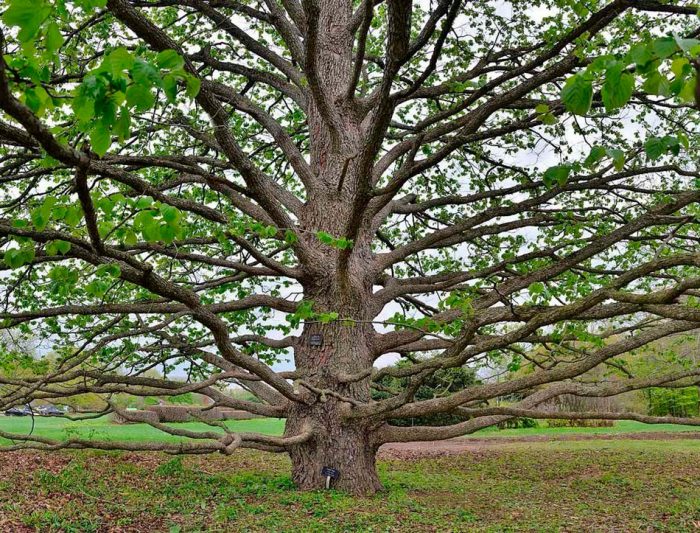
Outdoor Turkish nuts are very easy to care for:
- timely remove weeds from the surface of the trunk circle;
- systematically loosen the soil surface, this helps to improve oxygen access to the root system;
- feed, water, and cut off on time.
Watering
The first watering of the seedling is carried out 7 days after planting in open ground. Then the plant is watered regularly once a month during the growing season. As a rule, during this time, watering is carried out 6 or 7 times. 3-5 buckets of water are poured under each small tree. If there is a prolonged drought during the summer, then the bear nut should be watered more frequently. During the first year of the seedling growth, do not allow the soil in the near-stem circle to dry out.
Fertilizer
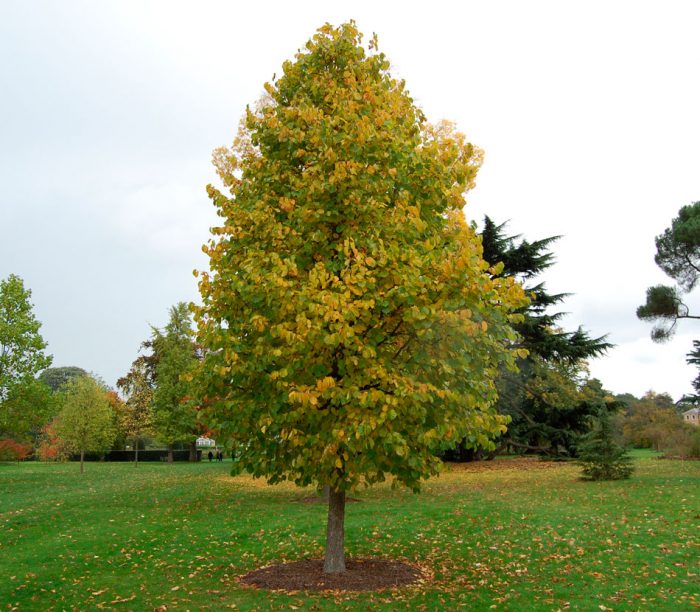
The tree is fed at the beginning of the spring period. As soon as the buds swell, 50 g of ammonium nitrate should be added to the soil of the plant’s trunk circle. Re-feeding with the same fertilizer is carried out in July, thanks to which the fruits will ripen faster. Also, a bear nut is fertilized in the fall with a frequency of 1 time in 3 years. In this case, phosphate-potassium fertilizer is used.
Pruning
Such a plant is pruned in early spring before active growth begins. It only needs sanitary pruning. Timely weeding of the near-stem circle allows you to quickly find the root sucker and cut it off. Also, do not forget to timely loosen the surface of the soil mixture in the area of the trunk circle. In this case, the loosening depth should be a maximum of 60 mm.
Reproduction methods
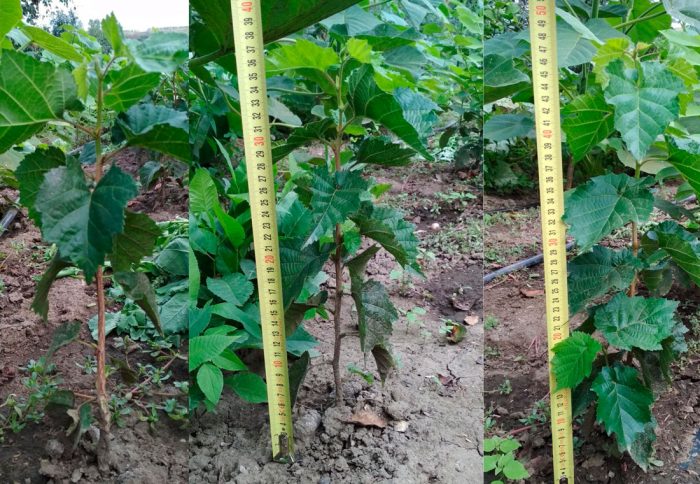
In nature, tree hazel is propagated by root shoots and seeds. Gardeners, on the other hand, most often resort to reproduction by offspring, arc layering, and grafting.
Arc layering
In springtime, pick the yearling stems and bend them to the ground. Place the shoot in an oblong hole 15 cm deep, which should be prepared in advance. The upper part of the shoot must necessarily rise above the soil surface. In this case, the stem part of the shoot should be fixed with a peg. The cuttings will develop their own root system by September. At this time, it is carefully cut from the parent plant and planted in a permanent place.
Reproduction by offspring
The offspring grow from the root system of the tree. They are located approximately 1 m from the trunk. When 3 years have passed since the appearance of the offspring, it can be used as a seedling.
The grown and matured offspring, located at a distance from the trunk, should be separated from the parent plant using a very sharp ax, first by excavating it. Plant the seedling in a pre-dug planting hole. If desired, several offspring can be planted in one hole at once.
Growing from seeds
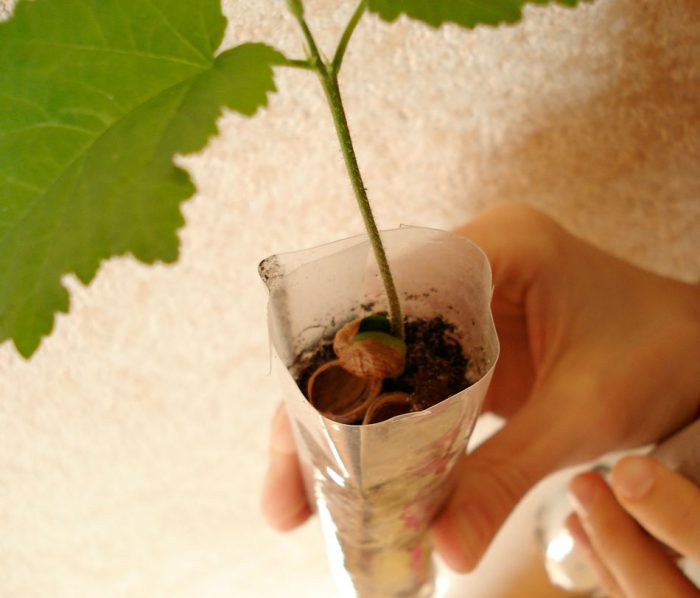
Nuts sprout ideally sown before winter. Or stratified. You can soak for three days in water, changing it daily and sowing it to a depth of 3-4 cm.
Graft
For grafting, wild plants are used that do not form offspring. They are engaged in pruning in the autumn, and the harvesting of cuttings is carried out in the spring. The outer parts of the tree are suitable for cutting cuttings. Their pruning is carried out in winter, then the segments are buried in the snow, where they will be until spring comes.
Diseases and pests
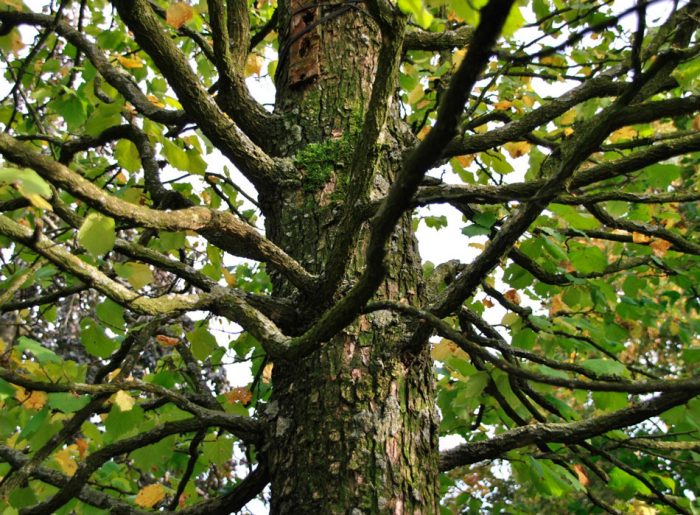
The bear nut is resistant to various diseases and pests, as it has strong immunity. However, sometimes gardeners have problems with this tree, for example:
- Powdery mildew. You can find out that a plant is affected by this fungal disease by the appearance of a light white bloom on the surface of shoots, fruits, and leaf plates. As the disease progresses, an increase in plaque density is observed, while it becomes darker. Further, the affected parts of the plant die-off. This disease reduces the tree’s resistance to frost.
- White rot. This is also a fungal disease that is very dangerous for the Turkish nut. If you do not start to heal the tree in time, then it may die.
- Fungal rust. In a sick plant, orange specks form on the surface of the leaf plates. Over time, they curl up and dry out.
- Aphids. If this pest settled on a tree, then it stops forming fruits. Since the aphid feeds on the cell sap of the plant, it can destroy young seedlings.
- Kidney herbivorous mite. This small pest hides from the winter cold in the buds of the tree. Throughout the winter, the mite actively arranges its egg-laying in the buds. With the onset of spring warmth, all affected kidneys die off.
- The fruit was nutty. It is a small beetle, which is about 1 cm long. Despite its small size, the pest can destroy up to 50% of the entire crop. Females arrange their egg-laying in unripe nuts.
- Nut leaf beetle. This pest uses the foliage of a beer nut as food.
